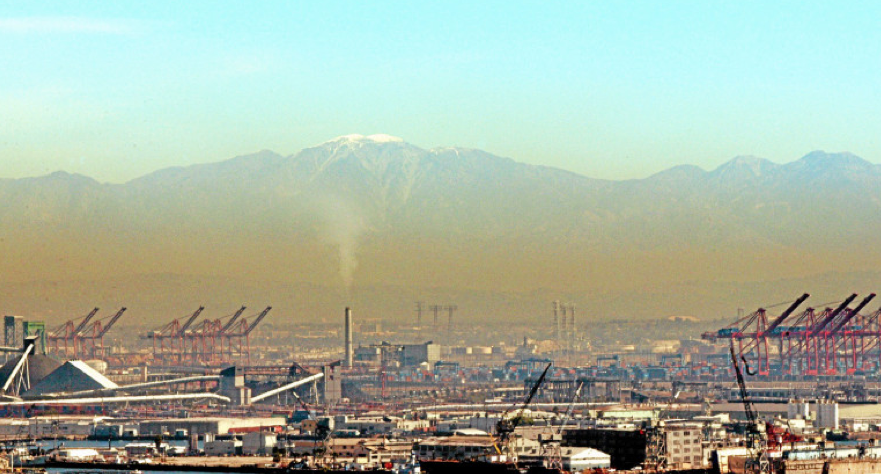CommentsAT LENGTH-For as long as I can remember, the narrative pushed by the Port of Los Angeles and other boosters of industry and commerce has been this: the twin ports of Los Angeles and Long Beach are an “economic engine” that are jointly responsible for more than $400 billion in annual cargo value and create some 190,000 jobs in Los Angeles and Long Beach. That’s 1 in 12 jobs with an impact of creating 2.8 million jobs nationally in direct or indirect employment.
I’ve never questioned these statistics until today. That is, until I read the report, Harbor Community Off-Port Land Use Study — a Look at the Port of Los Angeles, San Pedro and Wilmington.
The Harbor Community Benefit Foundation recently released this report, which analyzes the benefits and deficits to the Harbor Area communities of San Pedro and Wilmington, both directly and indirectly related to port activities.
The Harbor Community Benefit Foundation was created in 2008 as part of a settlement resolving a dispute over the expansion and environmental impacts created by the TraPac terminal. That agreement provided $8 million in mitigation funds paid by the Port of Los Angeles to be administered by the foundation. As part of this agreement, the foundation was charged with the responsibility of assessing the port’s impact on surrounding land uses. To that end, the foundation hired the outside firm Raimi + Associates to conduct the study 10 years later.
As I read the report, the voices of community activists from 20 years ago calling the areas surrounding the Port of Los Angeles a “diesel death zone” began to echo in the back of my mind. This was their assessment before the port shifted gears following the China Shipping settlement; it was their assessment before the creation of the Port Community Advisory Council; it was their assessment before that advisory council called on the port to significantly reduce air pollution and before the port admitted to being the single largest stationary source of pollution in all of Southern California. As I read this report, I thought, “Surely, things have changed?”
No one can dispute the fact that the twin harbors have a huge economic impact on the San Pedro Bay region. The Port of Los Angeles website states, “[the two ports] handle more containers per ship call than any other port complex in the world. When combined, the two ports rank as the world’s ninth busiest container port complex.” But what has not been explicitly quantified until now is how little direct benefit goes to the residents who live closest to the ports. The rather innocuous title of this study might not inspire many in the community to sit up and take notice until they get to the conclusions. However, it does challenge POLA’s assertion that “70 percent of the …direct, indirect and induced benefits connected to the port occurs within LA county.”
After a study of the Harbor Area’s 135,327 residents and analysis of the 45.3 percent who are actually employed in the study area surrounding the Port of Los Angeles, the conclusion is dismal:
If we assume that resident workers are evenly distributed across all industry sectors, we can make a rough estimate that 2,153 Port and Port-related jobs in the study area are held by residents. This means that 3.5 percent of all employed study area residents work in the port or port-related jobs.
So, out of all the 190,000 jobs that create the “economic engine” of the Port of Los Angeles, only 3.5 percent are actually residents here? I’m thinking that the local chambers of commerce might want to reassess their evaluation of the economic value to the local economy. This just might factor into business leaders’ forecasts on future prosperity and revitalization. However, the final point is even stronger:
This biggest takeaway of this analysis is that while almost all study area households bear the direct and indirect negative impacts from living near the port and port-related operations, very few households reap the economic benefits [from it].
This almost sounds like something John Papadakis has been telling Councilman Joe Buscaino for years, perhaps both of them and the San Pedro Chamber will actually read this report.
It can be found here.
(James Preston Allen is the founding publisher and executive editor of RL news where this was originally posted. He has been involved in community affairs for more than 40 years in the Los Angeles Harbor Area.) Prepped for CityWatch by Linda Abrams.
















